Watch on Nature
Our web-based satellite monitoring platform exposes deforestation, so together, we can hold governments & companies to account.
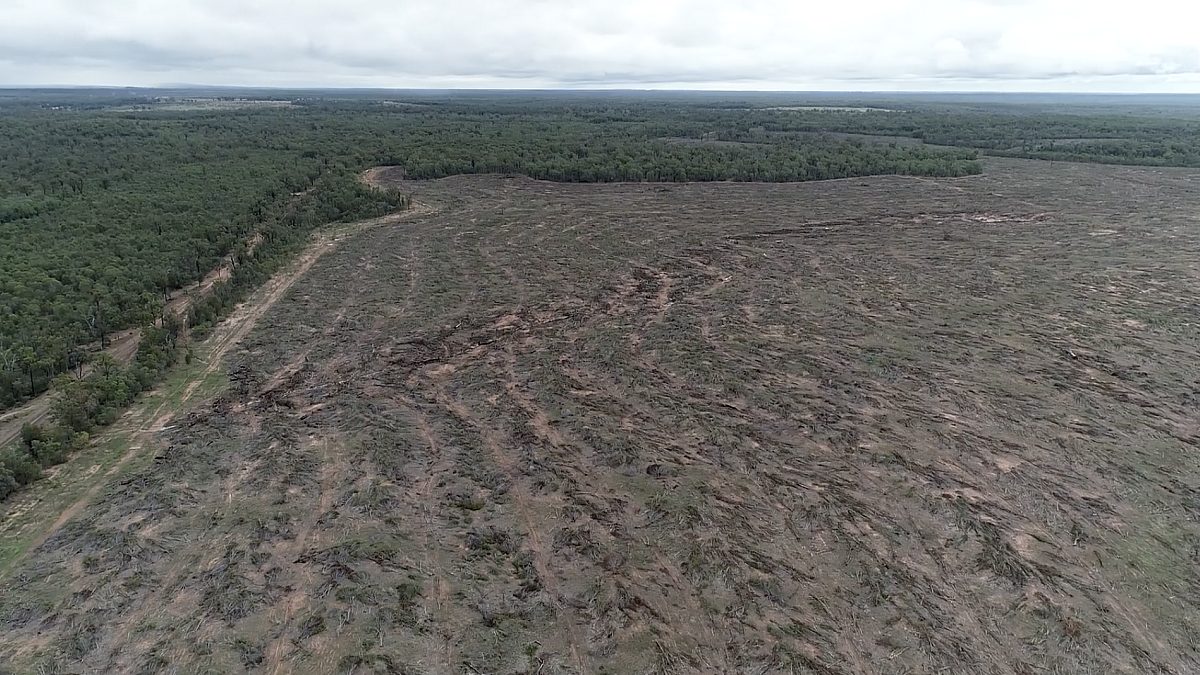
10 shocking statistics that will make you want to take action today to stop deforestation in its tracks
The scale of the deforestation crisis taking place across Australia should alarm us all. These 10 facts prove we need to protect special forests from deforestation now.
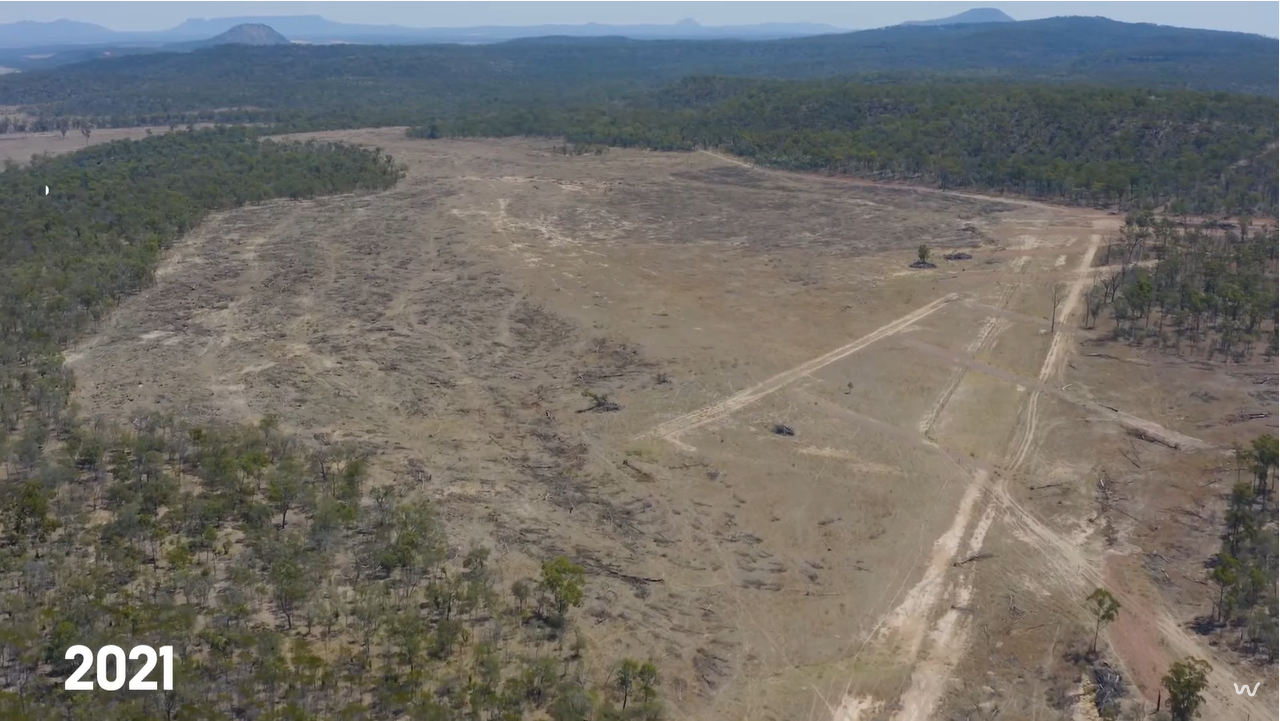
to turn a forest into pastures for cows or sheep to graze on, or to plant crops;
to cut and pulp the trees into wood, packaging or paper;
to mine the land that the forest grows on; or
to make way for the construction of roads and buildings for industry or urban development.
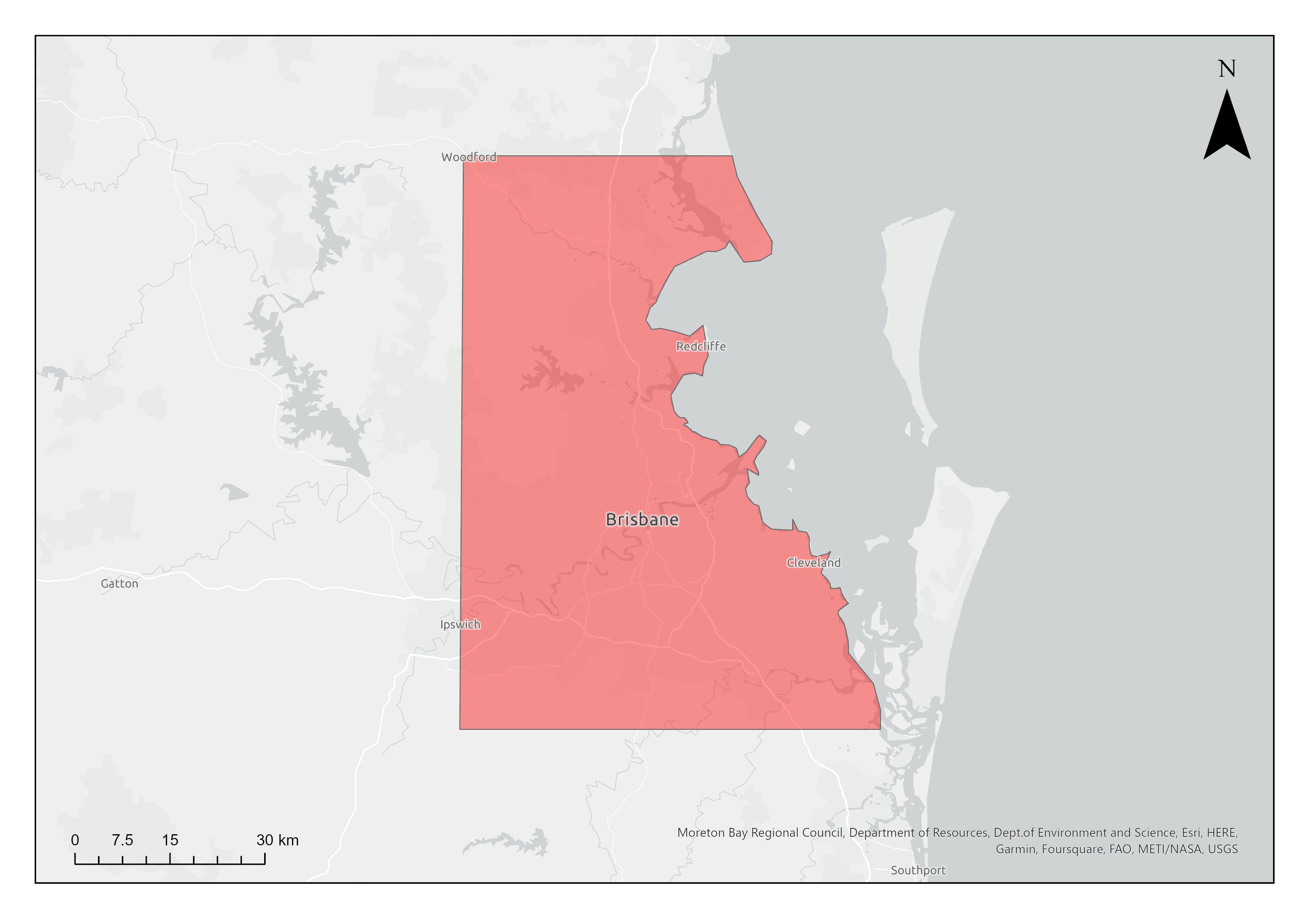
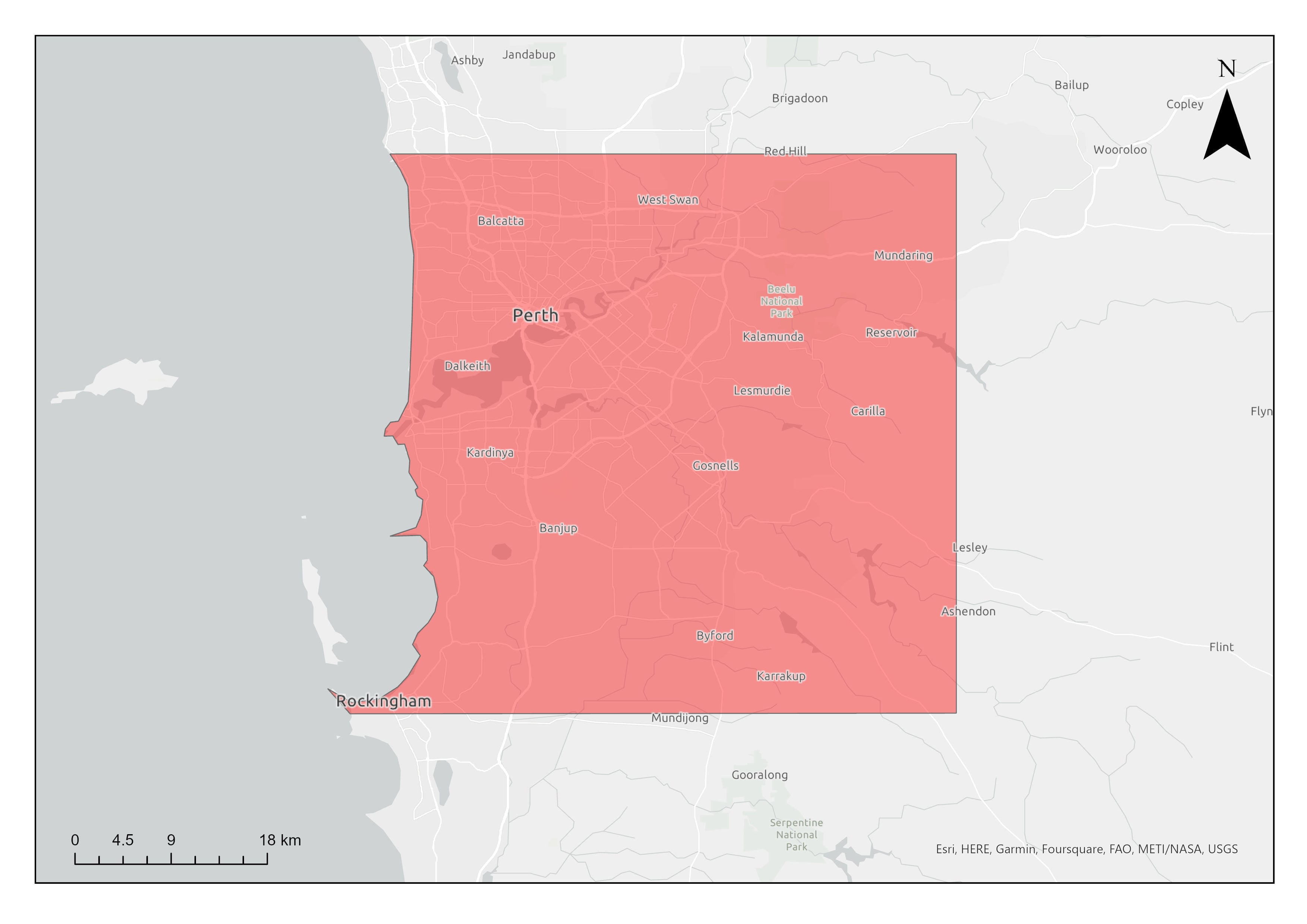
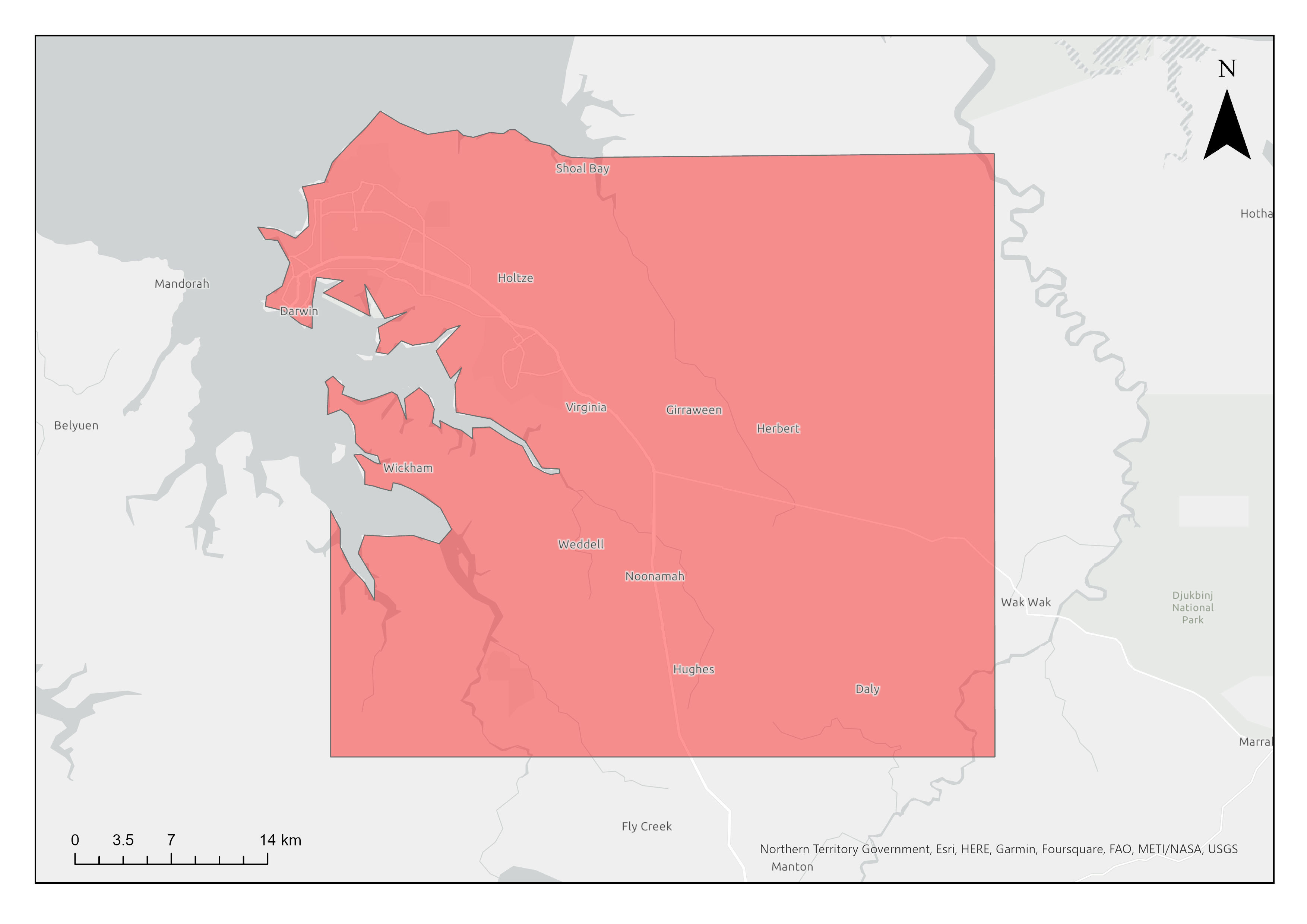
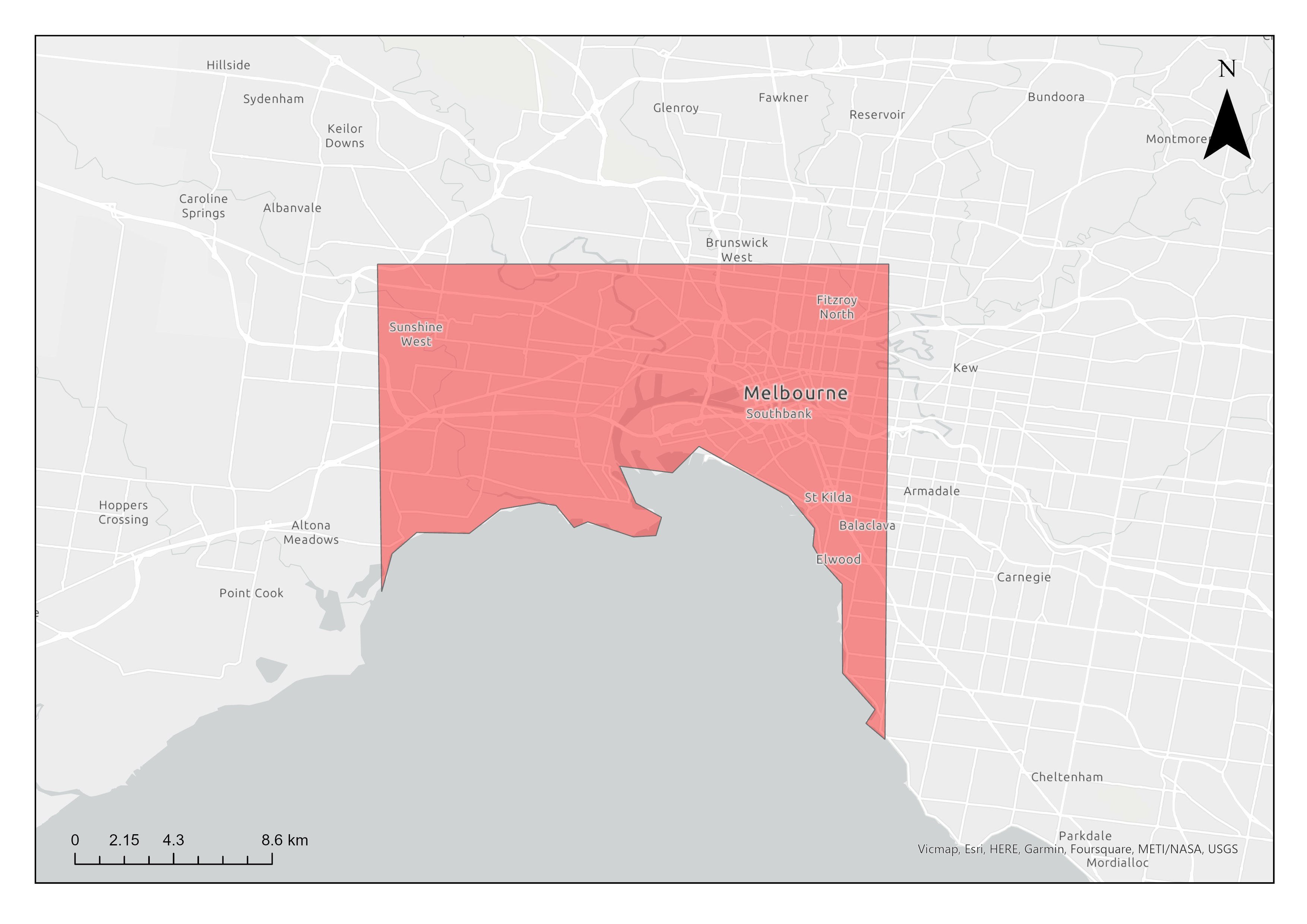
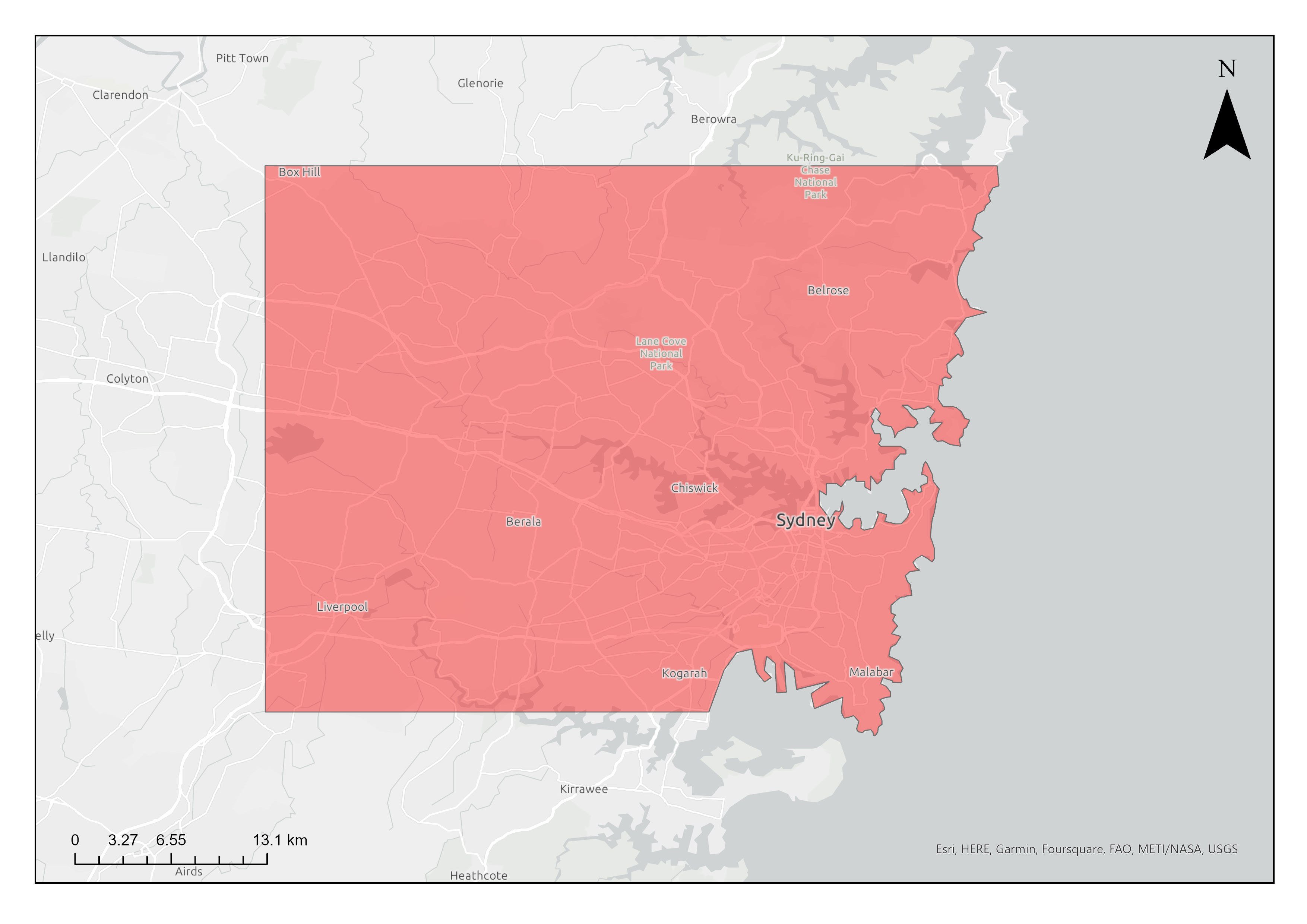
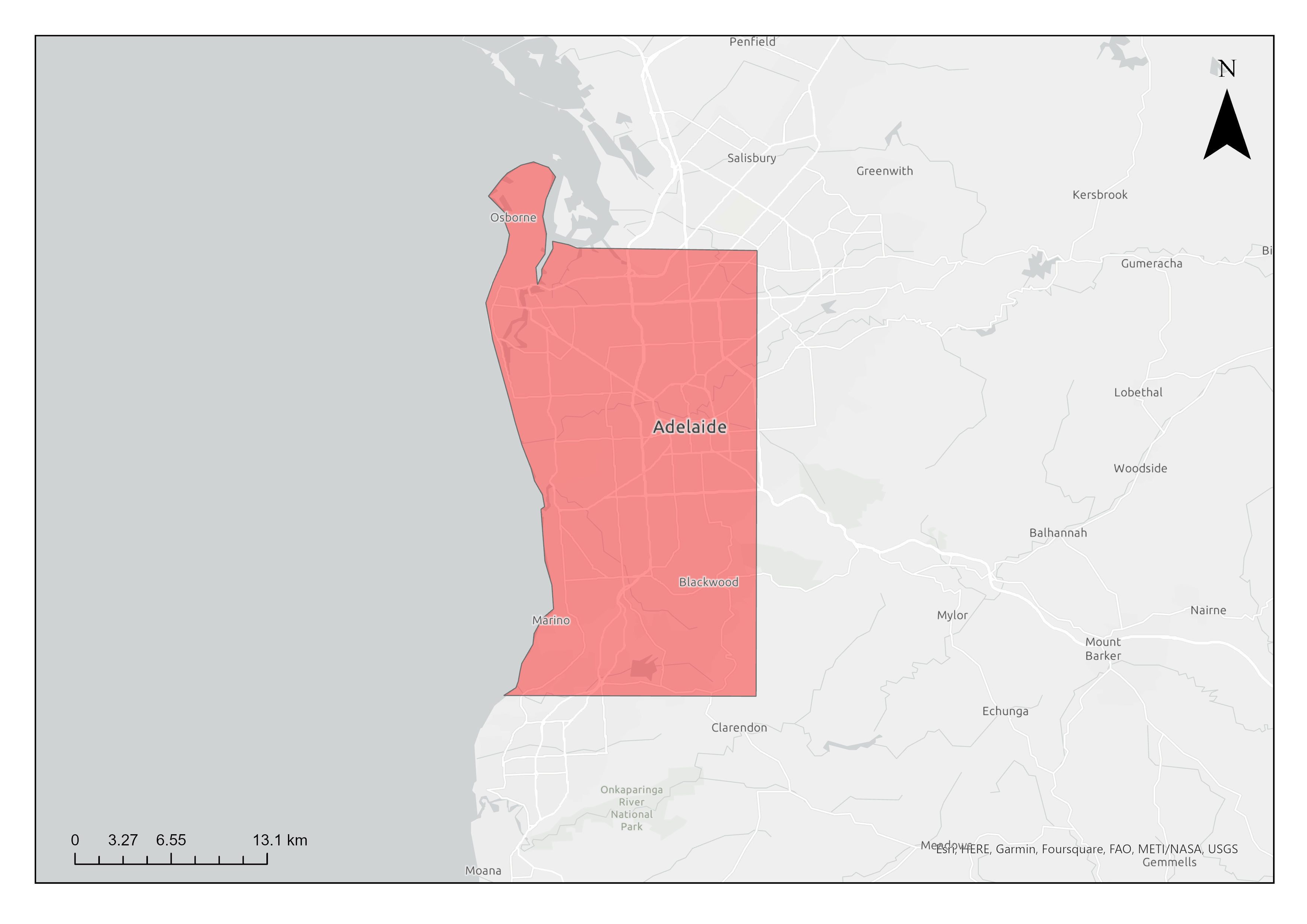
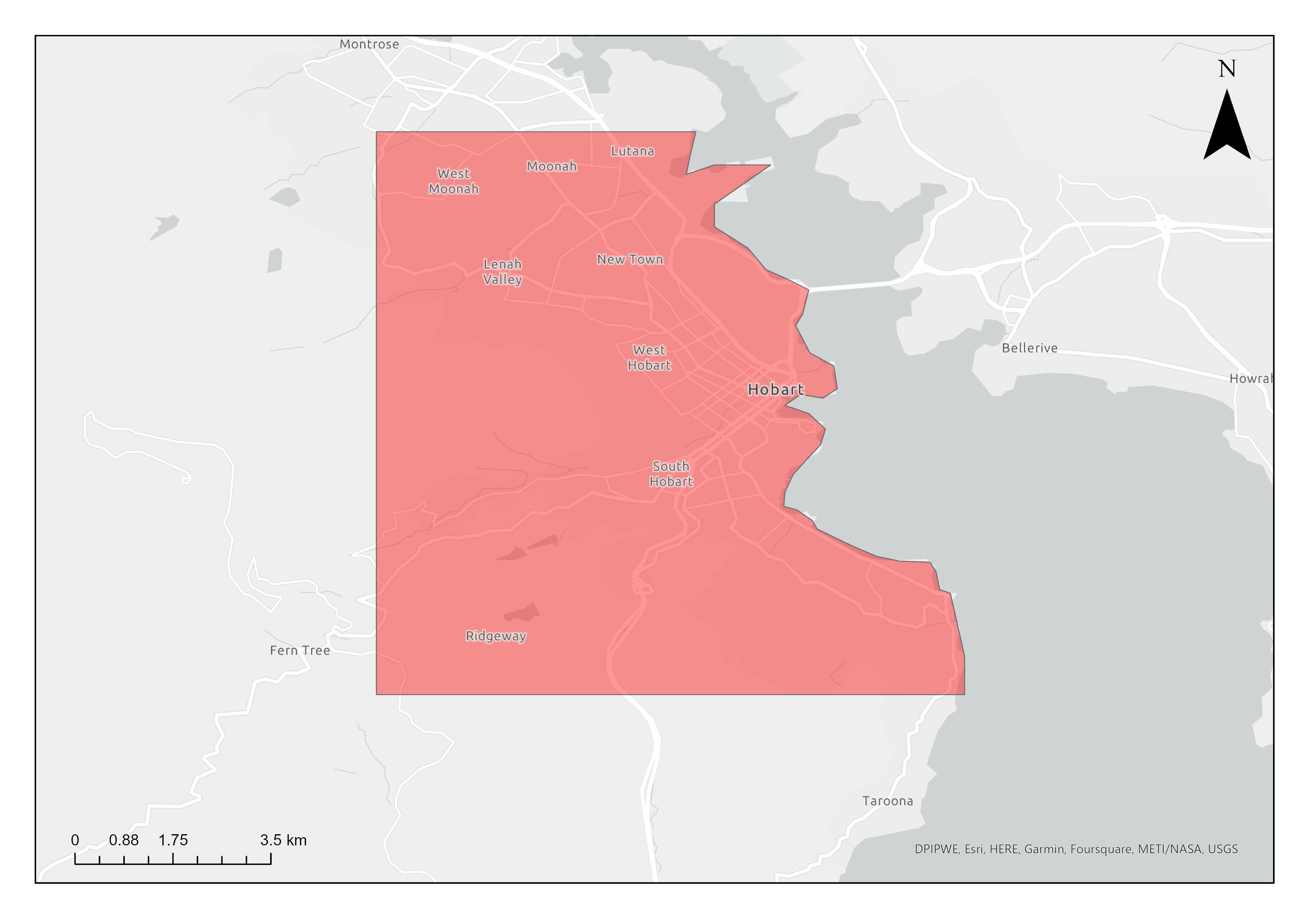
The total amount of deforestation (349,399 hectares) that took place in Queensland from 2020-21, shown over Brisbane for scale [QLD SLATS data]
The total amount of deforestation (224,900 hectares) that took place in Western Australia in 2020, shown over Perth for scale [Total forest & woody loss area, NGGI data]
The total amount of deforestation (201,100 hectares) that took place in Northern Territory in 2020, shown over Darwin for scale [Total forest & woody loss area, NGGI data]
The total amount of deforestation (191,100 hectares) that took place in Victoria in 2020, shown over Melbourne for scale [Total forest & woody loss area, NGGI data]
The total amount of deforestation (80,061 hectares) that took place in New South Wales in 2020, shown over Sydney for scale [NSW SLATS data]
The total amount of deforestation (44,300 hectares) that took place in South Australia in 2020, shown over Adelaide for scale [Total forest & woody loss area, NGGI data]
The total amount of deforestation (5,400 hectares) that took place in Tasmania in 2020, shown over Hobart for scale [Total forest & woody loss area, NGGI data]
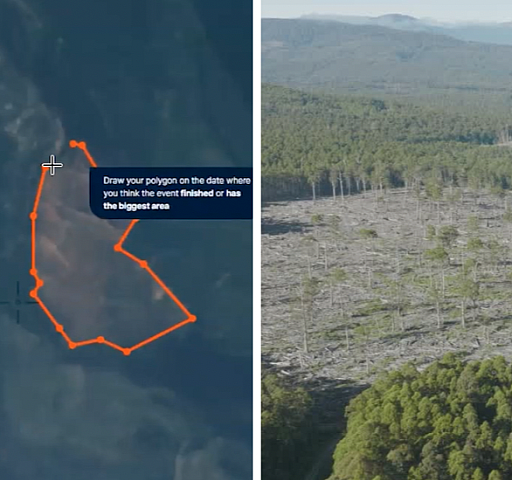
Our web-based satellite monitoring platform exposes deforestation, so together, we can hold governments & companies to account.
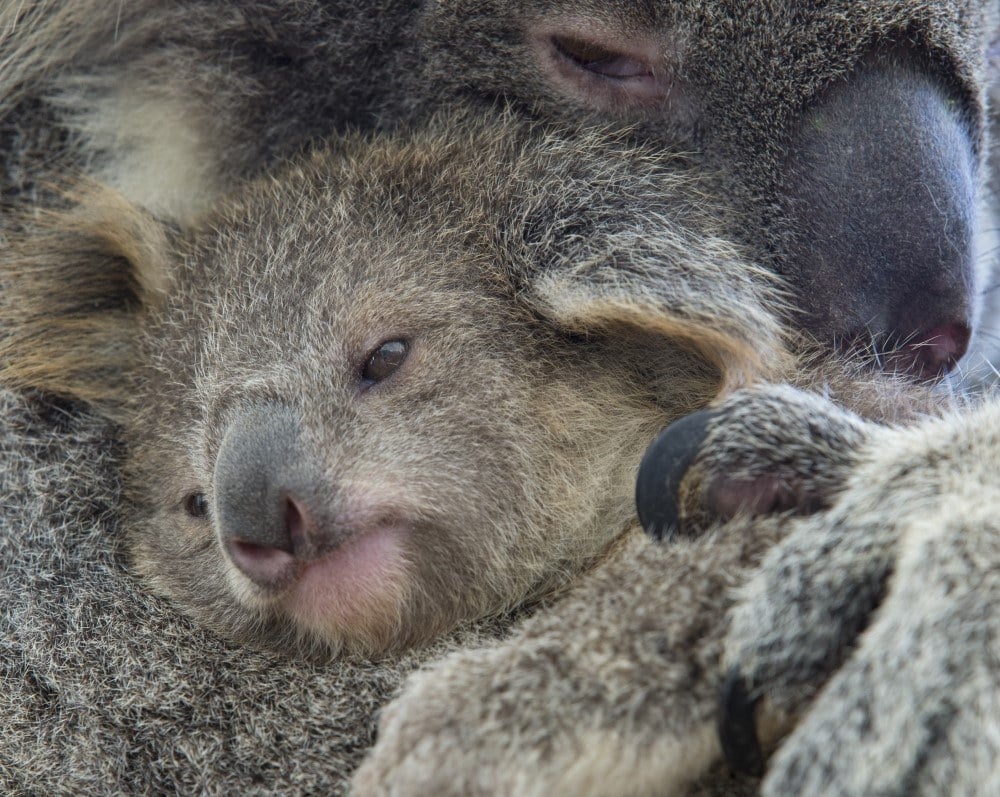
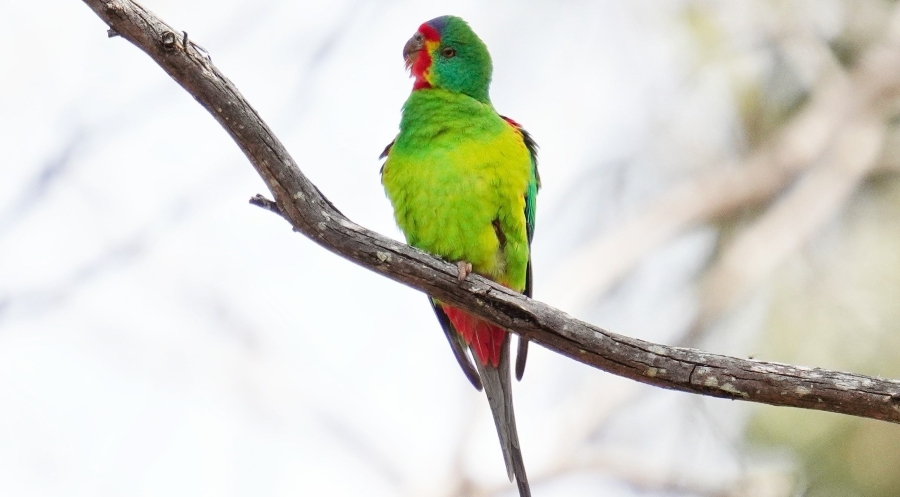
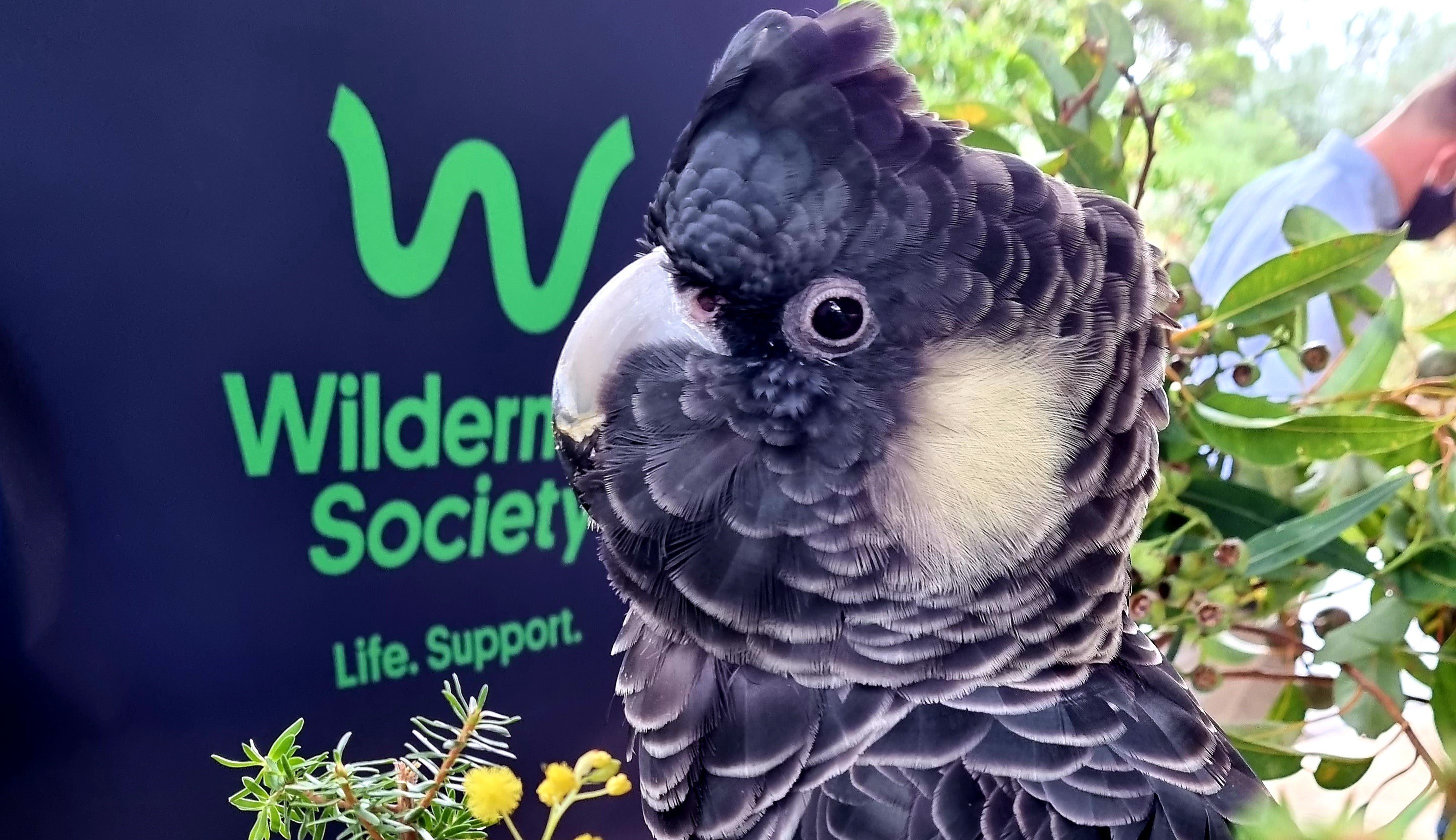
Koalas were listed as endangered in parts of Australia in 2022. In just five years (2015-2020), 724,070ha of "likely or known" koala habitat was impacted by clearing activity linked to grazing cattle for beef in Queensland alone.
Deforestation for wood and paper products threatens the survival of many species including swift parrots, leadbeater's possums and greater gliders; and entire ecological communities such as the endangered mountain ash ecosystem. Image: Billy Rowe
In Western Australia, deforestation for bauxite mining is a major threat to threatened species including the quokka and three kinds of black cockatoos. Image: Kaarakin
Research shows that in 2012, just 50% of Australia’s forests remained intact compared with pre-colonisation. The other 50% has been either permanently converted to another land use or degraded during 200+ years of colonisation.
And since then, millions more hectares of forests found nowhere else on Earth have been logged, cleared and burnt.
Under the cumulative impacts of degradation and climate change, a number of unique Australian forest ecosystems are at risk of collapse by 2060. For example, only 1% of the mountain ash forest ecosystem remains unlogged and unburnt in Victoria’s Central Highlands today, and this forest is listed by the IUCN as Critically Endangered.
It’s one of Earth’s most important natural wonders, but erosion and runoff from deforested areas increases sedimentation in the reef, which harms coral and other marine life. In Queensland, 47% of land clearing and deforestation between 2020 and 2021 was in Great Barrier Reef catchments areas, polluting the water in rivers that flow into the reef.
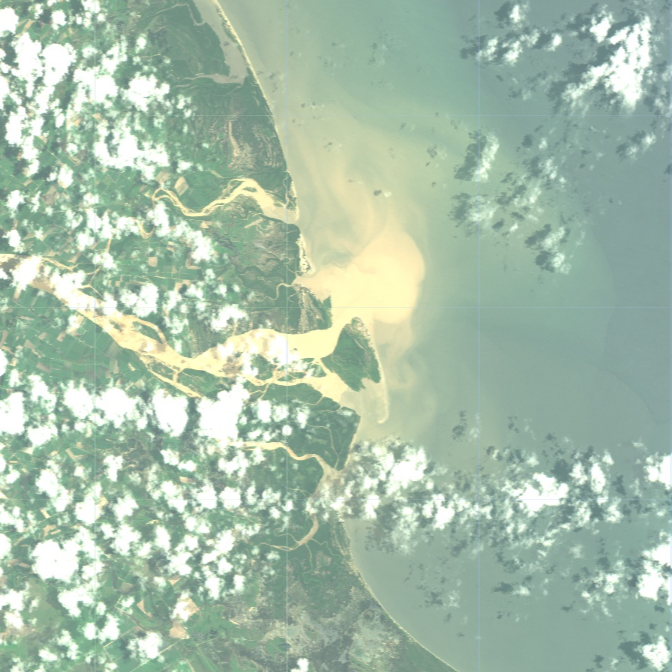
Many First Nations communities in Australia have been directly impacted by deforestation, their traditional lands turned into ‘sick’ or ‘upside down’ Country. Deforestation almost always occurs without the free prior and informed consent of First Peoples. Destroying forests and bushland can put songlines and other sacred sites at risk of desecration, as well as disrupt or prevent cultural practises and the ability to care for Country. First Nations communities have never ceded their sovereignty over these lands. Governments, businesses and communities recognising their inherent rights is essential to healing and restoring these cultural landscapes.
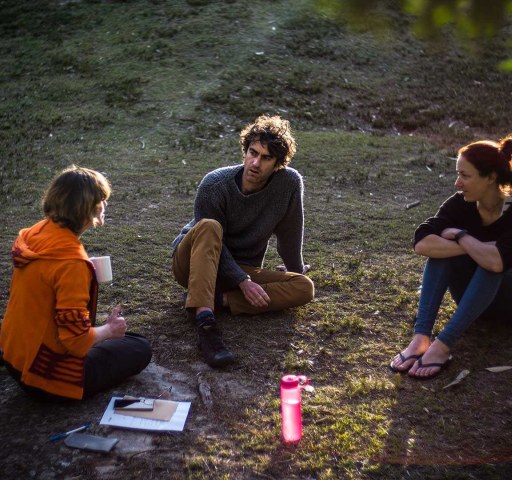
When you hear facts about Australia’s deforestation crisis, it’s easy to feel overwhelmed by the scale of devastation happening across our country. But there are steps you can take, right now, to make a difference.
References: